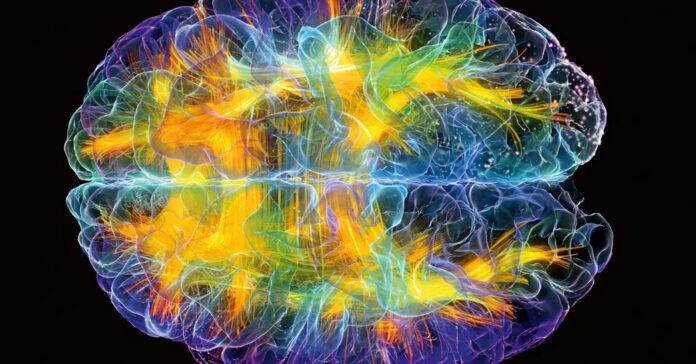The next generation of Artificial Intelligence will extend artificial intelligence into areas such as human cognition, interpretation and autonomous adaptation. To automate everyday human activities, the next generation of AI will need to be able to deal with unpredictable situations and abstraction.
What is Neuromorphic Computing?
Neuromorphic computing is an engineering technique in which computer components are modelled according to principles found in the human brain and nervous system. The term applies to the development of both hardware and software components.
Why are Neuromorphic Systems needed?
Most modern hardware is based on the von Neumann architecture, which decouples memory and computation. Von Neumann circuits consume time and energy because they have to send data back and forth between the memory and the processor.
Moore’s Law has long allowed chip manufacturers to increase the computing power of a chip by adding transistors to these von Neumann circuits. But problems with the miniaturization of transistors, their power requirements and the heat they give off suggest that this will not be possible for a long time without changing the way chips work.
To keep up, a new structure is needed that is not von Neumann: a neuromorphic structure. Both quantum and neuromorphic systems have been proposed as solutions and it is expected that neuromorphic or brain-inspired computer systems will be the first to reach the market.
A neuromorphic computer could control the brain and solve various tasks, as well as overcome the von Neumann barrier. The brain uses massively parallel computations, whereas von Neumann systems are mostly serial.
A computer as a human brain
Neurons, a kind of nerve cells, send messages to and from the brain. When you step on a nail, nerve endings in the skin of the foot detect the damage and send an action potential to a nerve cell attached to the foot. The action potential causes the nerve cell to release chemicals through an opening called a synapse, and this process repeats between different nerve cells until the signal reaches the brain. The brain then registers the pain, and the signals travel from neuron to neuron until the recipient grasps the leg muscles – and you lift your leg.
An action potential can be generated by a large number of stimuli simultaneously (spatial) or by inputs that accumulate over time (temporal). Thanks to these mechanisms and the large interconnection of synapses (one synapse can be connected to 10,000 others), the brain can transmit information quickly and efficiently.
Memristors can effectively simulate another valuable feature of the brain: the ability of synapses to store and transmit information. Memristors that can store a range of values, not just ones and zeros, can mimic the way the strength of the connection between two synapses can change.
Uses of Neuromorphic Systems
Peripheral devices, such as smartphones, now need to delegate computationally intensive operations to a cloud platform that performs the request and sends a response back to the device. This request does not have to be sent to computational models but can be answered directly on the device.
It is expected that the next version of artificial intelligence will be able to solve certain problems similar to those solved by the brain, such as “constraint satisfaction”, where the system must find the best solution to a problem with many constraints.
Spiking neuron: Faster and Accurate AI technology
DEXAT is a new advanced neuron model developed by researchers at IIT-Delhi led by Professor Manan Suri of the Department of Electrical Engineering (Double Exponential Adaptive Threshold). This discovery is crucial for the development of accurate, fast, and energy-efficient neuromorphic artificial intelligence systems for real-world applications such as speech recognition. Even for the described network of neuromorphic nanodevices with very significant device variability, an accuracy of 94% was reported, indicating the robustness of the device.
Conclusion:
Neuromorphic computers use spiked neural networks to simulate brain activity. Traditional computer processing is based on transistors that are either on or off, one or zero. Spiking neural networks can transmit information in exactly the same spatial and temporal manner as the brain, yielding more than one of two signals.
Follow and connect with us on Facebook, LinkedIn & Twitter

